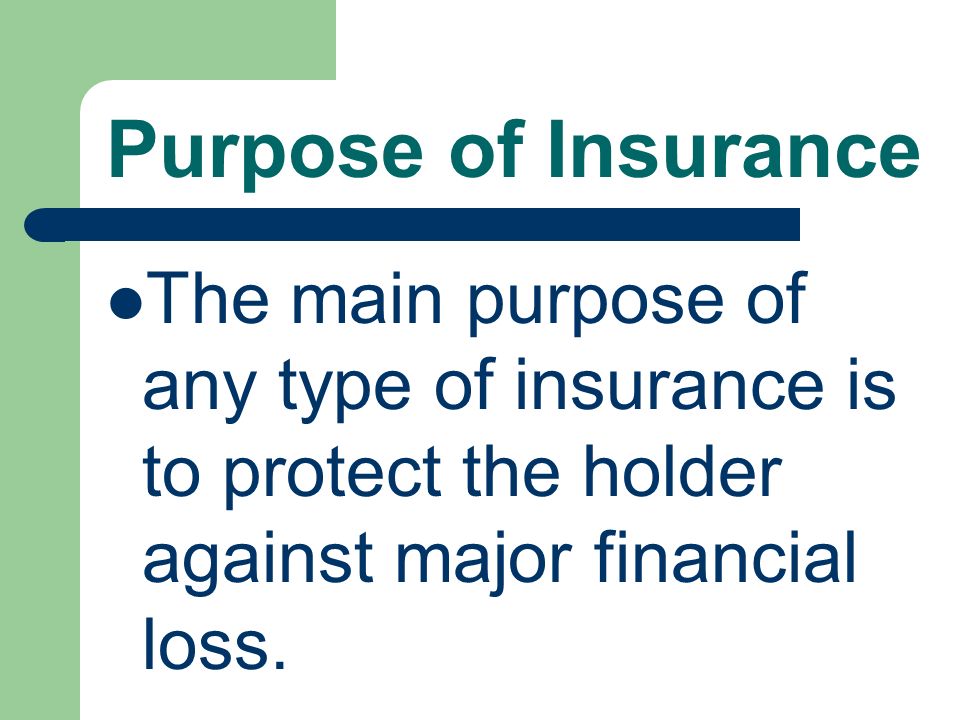About Pacific Prime
Table of ContentsFascination About Pacific PrimeThe Ultimate Guide To Pacific PrimeThe smart Trick of Pacific Prime That Nobody is DiscussingThe Of Pacific Prime
In most states, the insurance firm is called for to send you a copy of the adjustments to your plan. It is essential that you check out Recommendations or Bikers so you recognize exactly how your policy has transformed and if the plan is still adequate to meet your needs. To obtain a copy of your insurance coverage, please contact your insurance coverage agent or firm.
The Institute of Medicine (IOM) Board on the Repercussions of Uninsurance launches an extended examination of proof that addresses the relevance of health and wellness insurance policy protection with the magazine of this record. Insurance coverage Issues is the very first in a series of 6 records that will be issued over the next 2 years recording the reality and effects of having an estimated 40 million individuals in the USA without medical insurance protection.

Some Known Questions About Pacific Prime.
The goal of this series of research studies is to refocus plan focus on a longstanding problem. Following the lengthiest economic development in American history, in 1999, an estimated one out of every 6 Americans32 million grownups under the age of 65 and greater than 10 million childrenremains uninsured (Mills, 2000).

Ten percent of the population represent 70 percent of health and wellness treatment expenditures, a correlation that has actually remained constant over the previous 3 decades (Berk and Monheit, 2001) - global health insurance. Therefore wellness insurance coverage proceeds to offer the feature of spreading out risk even as it significantly funds regular care. From the point of view of wellness care companies, insurance brought by their patients helps safeguard a revenue stream, and communities gain from financially feasible and secure healthcare experts and institutions
Federal government offers medical insurance to populaces whom the exclusive market might not serve effectively, such as disabled and seniors, and populations whose accessibility to wellness care is socially valued, such as youngsters and expectant ladies. The supreme ends of medical insurance protection for the individual and neighborhoods, consisting of office neighborhoods of workers and companies, are boosted health end results and high quality of life.
The Pacific Prime Ideas
Employees rank medical insurance initially without a doubt in value amongst all the advantages used in the workplace (Salisbury, 2001). There have been large investments of individual and public funds to supply health insurance policy, numerous individuals still have no insurance coverage. Despite extensive coverage of survey searchings for and health and wellness treatment study results, the public remains baffled and misinformed concerning Americans without medical insurance and the implications of lacking insurance coverage.

Without question, the intricacy of American healthcare funding systems and the wealth of resources of info add to the public's confusion and suspicion concerning medical insurance data and their interpretation. This record and those that will adhere to goal to distill and offer in easily easy to understand terms the extensive research that bears upon inquiries of health and wellness insurance protection and its relevance.
Fifty-seven percent of Americans questioned in 1999 believed that those without wellness insurance policy are "able to obtain the treatment they require from physicians and healthcare facilities" (Blendon et al., 1999, p. 207). In 1993, when national interest was focused on the issues of the uninsured and on pending healthcare regulations, simply 43 percent of those questioned held this belief (Blendon et al., 1999).

They likewise get fewer precautionary solutions and are much less most likely to have regular look after persistent problems such as hypertension and diabetes. Persistent illness can result in pricey and disabling complications if they are not well managed (Lurie et al., 1984; Lurie et al., 1986; Ayanian et al., 2000). One nationwide survey asked greater than 3,400 grownups about 15 extremely major or morbid conditions.
Little Known Questions About Pacific Prime.
Additional proof exists later on in this phase in the discussion of insurance coverage and accessibility to healthcare. https://pastebin.com/u/pacificpr1me. Individuals without health insurance are young and healthy and balanced and select to do without coverage. Virtually half (43 percent) of those checked in 2000 thought that individuals without health insurance policy are a lot more most likely to have health and wellness troubles than individuals with insurance
Voters and policy manufacturers in focus team conversations identify those without insurance policy as youths who have the possibility to be covered and feel they do not need it (Porter Novelli, 2001). Contrasted to those with a minimum of some exclusive coverage, the without insurance are much less most likely to report remaining in outstanding or excellent wellness (Company for Medical Care Study and High Quality, 2001).
RESOURCE: Center for Price and Financing Research Studies, Company for Health Care Research and Top quality, based on MEPS information. Youthful grownups in between 19 and 34 are much more most likely to do not have medical insurance than any kind of various other age. This is chiefly because they are less typically qualified for employment-based insurance policy because of the nature of their job or their brief tenure in it.
The assumption that individuals without insurance coverage have better-than-average health complies with from confusing the relatively young age account of the uninsured with the much better health, typically, of younger individuals. This covers the link between health condition and medical insurance. For those without accessibility to office medical insurance, inadequate health is a possible barrier to buying nongroup insurance coverage due to the fact that such insurance coverage may be extremely priced, leave other out preexisting problems, or be simply unavailable.